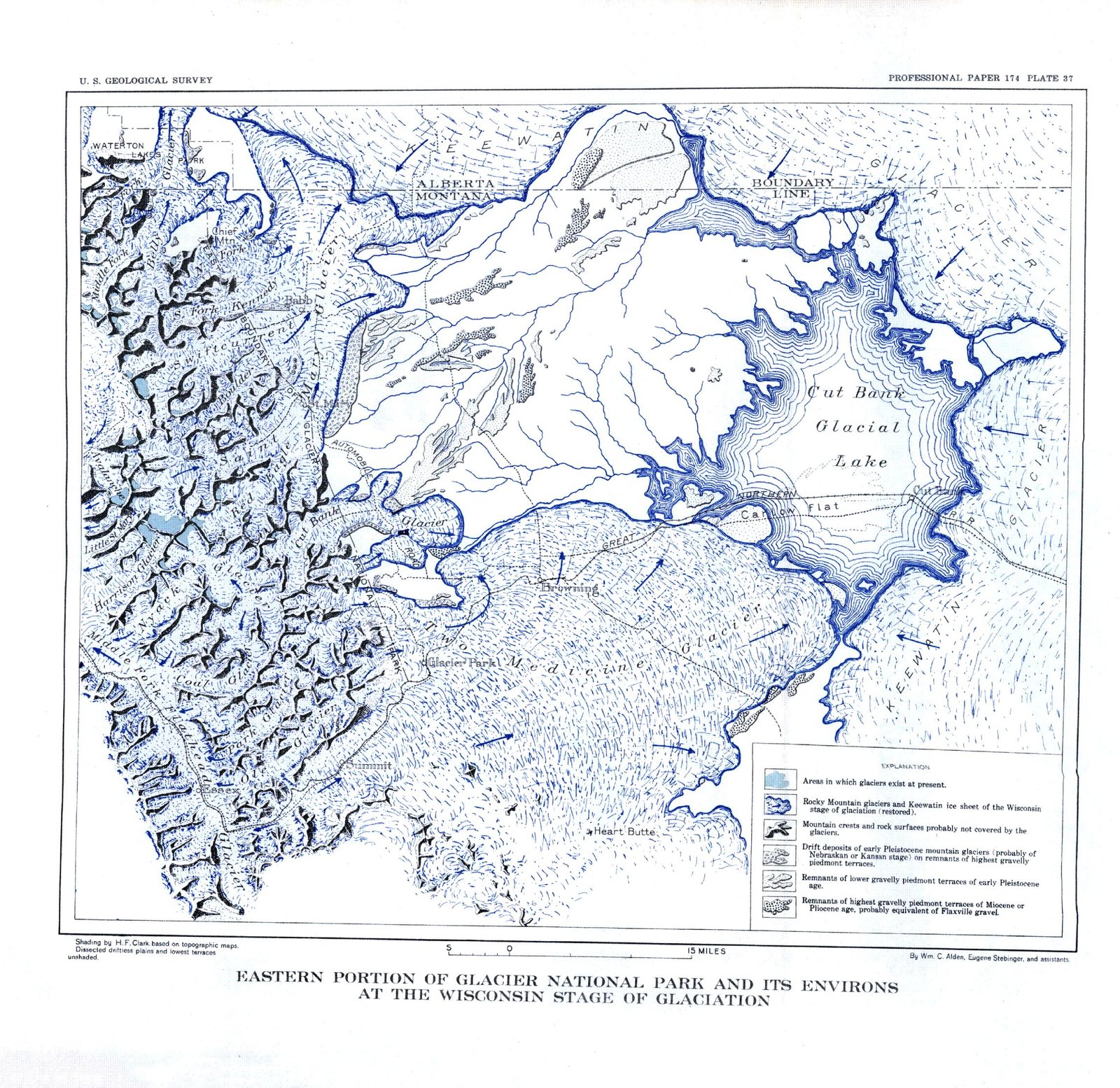Glacier National Park backcountry loops offer breathtaking wilderness experiences for adventurous hikers. These multi-day trails traverse stunning alpine landscapes, featuring glacier-carved valleys, pristine lakes, and diverse wildlife. From the popular North Circle Loop to the remote Nyack Creek-Coal Creek Loop, each trail presents unique challenges and rewards. This guide explores the best backcountry loops, providing essential information on distances, elevation gains, and estimated hiking times to help plan your next wilderness adventure in Glacier National Park.
What are the Best Backcountry Loops in Glacier National Park?

Glacier National Park offers several exceptional backcountry loops for hikers seeking immersive wilderness experiences. Here are some of the top options:
- North Circle Loop
- Distance: ~50 miles (extendable to 65 miles)
- Elevation Gain: 10,700 feet
- Estimated Time: 5-6 days
- Difficulty: Strenuous
-
Highlights: Panoramic views of glacier-carved valleys, numerous lakes, Ptarmigan Trail, Stoney Indian Pass Trail, Waterton Valley Trail, Highline Trail, and Swift Current Pass Trail
-
Boulder Pass Loop
- Distance: 32 miles (extendable)
- Elevation Gain: 4,730 feet
- Estimated Time: 2-3 days
- Difficulty: Strenuous
-
Highlights: Kintla Lake, Upper Kintla Lake, Boulder Pass, remote northern areas
-
Bowman-Kintla Loop
- Distance: 47.5 miles
- Estimated Time: 3-4 days
- Difficulty: Strenuous
-
Highlights: Bowman Lake, Brown Pass, Boulder Pass, solitude, peaks, glaciers, waterfalls
-
Gunsight Pass Loop
- Distance: ~20 miles
- Elevation Gain: ~5,800 feet
- Estimated Time: 2-3 days
- Difficulty: Strenuous
-
Highlights: Lake McDonald, Jackson Glacier Overlook, Lake Ellen Wilson, towering peaks, turquoise lakes
-
Nyack Creek-Coal Creek Loop
- Distance: ~45 miles
- Estimated Time: 3-4 days
- Difficulty: Strenuous
-
Highlights: Solitude, remoteness, waterfalls, Continental Divide peaks, Buffalo Woman Lake
-
Highline Trail Loop
- Distance: 15-31 miles
- Elevation Gain: 2,500-5,280 feet
- Estimated Time: 2-4 days
- Difficulty: Moderate to Strenuous
-
Highlights: Logan Pass, Granite Park Chalet, Fifty Mountain campsite (extended version)
-
Pitamakan-Dawson Loop
- Distance: ~17.6 miles
- Elevation Gain: 3,140 feet
- Estimated Time: 1-3 days
- Difficulty: Moderate
- Highlights: High alpine trail, Pitamakan Pass, Dawson Pass
How Accessible are Glacier National Park Backcountry Trails?


Accessibility of Glacier National Park’s backcountry trails varies depending on the specific loop and time of year. Here are key factors to consider:
Trailhead Locations
- Distributed throughout the park
- Popular areas: Logan Pass, Many Glacier, Bowman Lake
- Some loops (e.g., Bowman-Kintla) require shuttles between trailheads
Parking Availability
- Available at most trailheads
- Limited during peak season
- Early arrival recommended
Permits and Regulations
- Backcountry permit required for overnight trips
- Obtainable through:
- Modified lottery system (advance reservations)
- Walk-in permits (if available)
- Permits help manage hiker numbers and protect the environment
What are the Key Features and Conditions of Glacier National Park Loop Hikes?
Glacier National Park’s backcountry loops offer diverse landscapes and unique challenges. Here’s what to expect:
Notable Landmarks
| Trail | Key Landmarks |
|---|---|
| Highline Trail | Mt. Cannon, Mt. Oberlin, Heavens Peak |
| Gunsight Pass | Lake Ellen Wilson, Gunsight Lake |
| North Circle Loop | Ptarmigan Tunnel, Stoney Indian Pass |
Water Sources
- Abundant lakes, streams, and creeks
- Water treatment recommended (giardia and other contaminants present)
Wildlife Encounters
- Diverse wildlife including:
- Grizzly bears
- Black bears
- Mountain goats
- Bighorn sheep
- Moose
- Bear spray and adherence to park guidelines essential
Seasonal Considerations
- Summer: Best hiking conditions
- Spring/Fall: Cooler, wetter weather
- Winter: Generally unsuitable for backpacking (heavy snow, avalanche risks)
- Trail Conditions:
- Early season: Muddy and snowy
- Late summer/early fall: Ideal for clear trails and comfortable temperatures
What are the Visitor Experiences and Statistics for Glacier National Park Backcountry Loops?
Understanding visitor experiences and statistics can help hikers prepare for their backcountry adventure:
Average Number of Hikers
- Significant hiker traffic during peak season
- Popular trails (e.g., Highline Trail) can be crowded
- Less-traveled trails (e.g., Nyack Creek-Coal Creek Loop) offer more solitude
Common Challenges
- Crowds on popular trails during peak season
- Unpredictable weather changes
- Potential snow and ice on higher trails
- Wildlife encounters requiring caution and preparation
Recommended Gear and Preparations
- Essential Items:
- Bear spray
- Water treatment system
- Layered clothing for weather changes
- Navigation tools (maps, compass, GPS device)
- Additional Considerations:
- Proper footwear for varied terrain
- First aid kit
- Emergency communication device
By understanding these aspects of Glacier National Park’s backcountry loops, hikers can better prepare for their wilderness adventure and make the most of their experience in this stunning natural environment.
References:
– https://www.somewhereoutside.co/blog/best-backpacking-trips-in-glacier-national-park
– https://thebigoutside.com/ask-me-where-should-we-backpack-to-find-solitude-in-glacier-national-park/
– https://www.backpacker.com/trips/trips-by-state/montana-trails/backpackers-all-time-favorite-hikes-in-glacier-national-park/